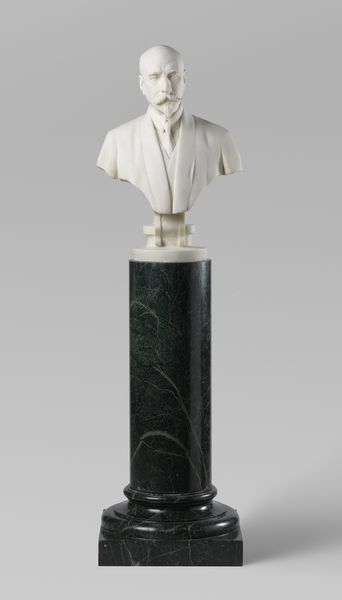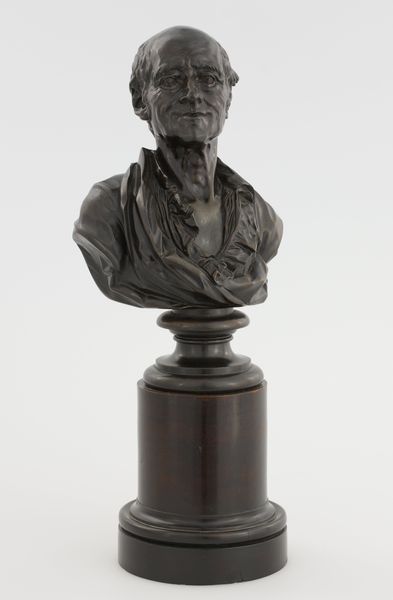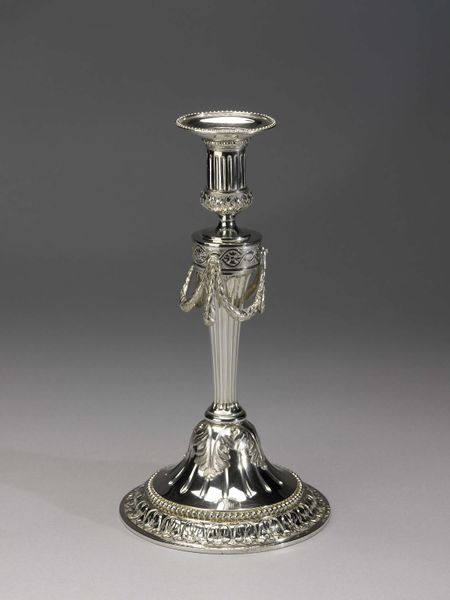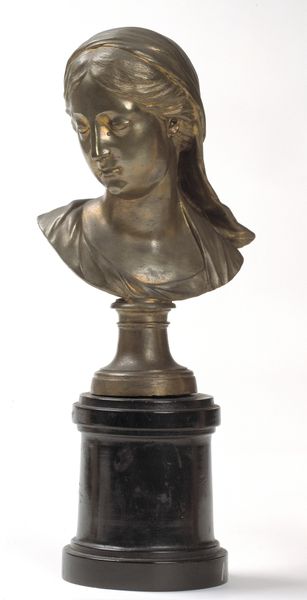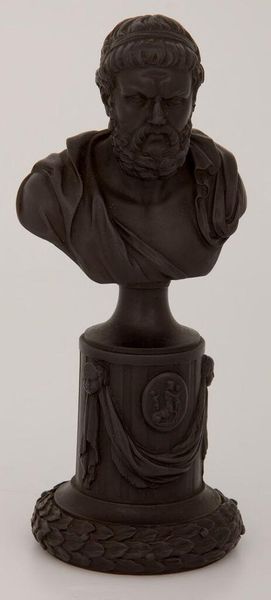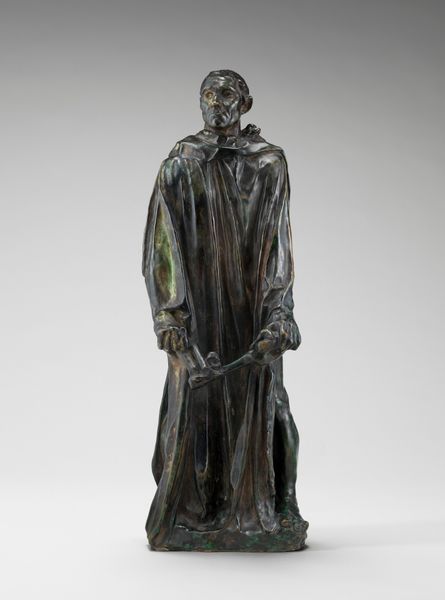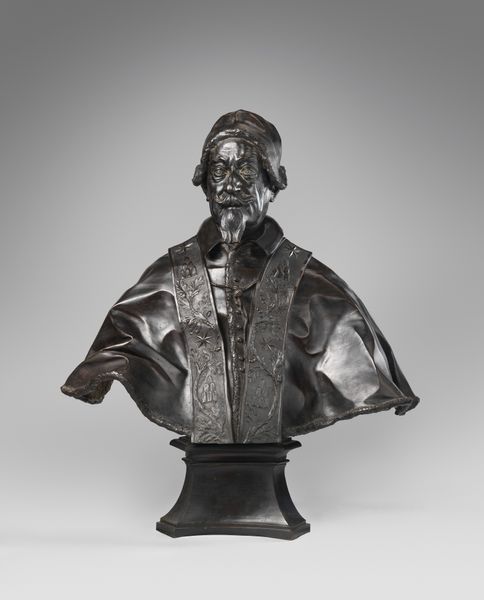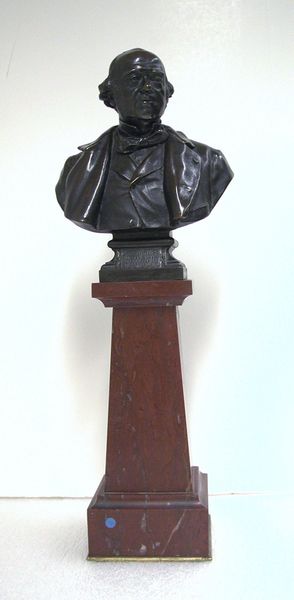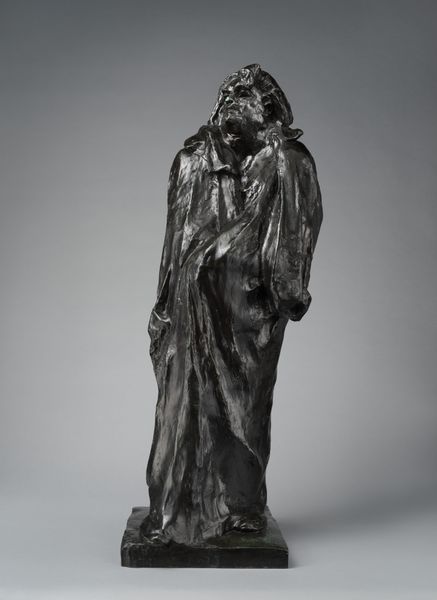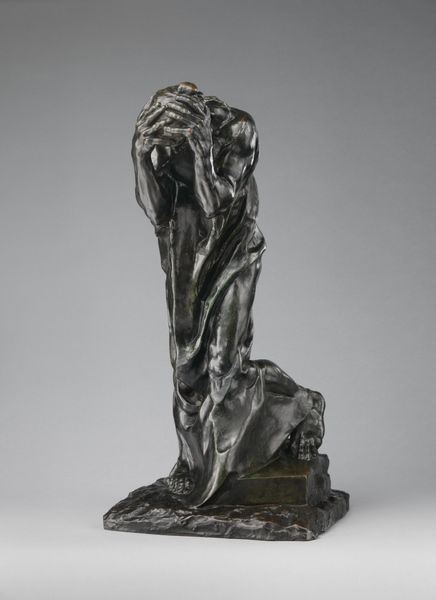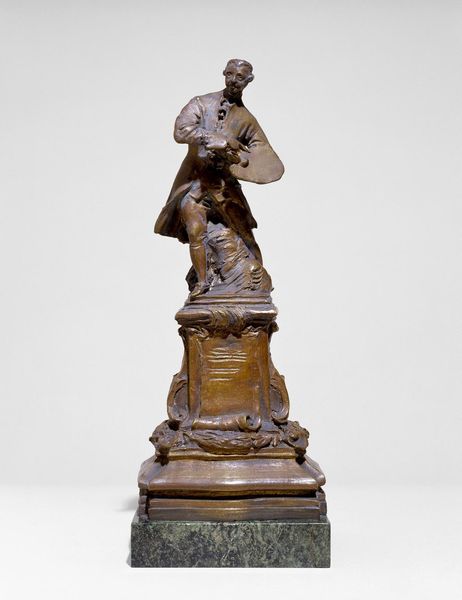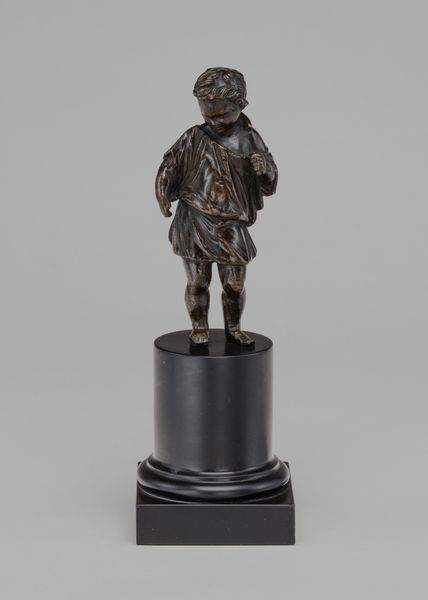
bronze, sculpture
#
portrait
#
high-renaissance
#
sculpture
#
bronze
#
sculpture
#
academic-art
#
italian-renaissance
Dimensions: height 31 cm, height 47.6 cm, width 14.6 cm, depth 10.0 cm
Copyright: Rijks Museum: Open Domain
Editor: This bronze sculpture, "Bust of Pope Gregory XIV," was crafted between 1590 and 1591 by Sebastiano Torrigiani. The detail in the Pope's vestments and facial features is really striking. What can you tell me about how this sculpture was made and its broader context? Curator: The creation of this bronze bust involves a complex interplay of material and labor. Consider the sourcing of the bronze itself, likely mined and refined through arduous processes. The act of casting, sculpting, and finishing demands not only artistic skill but also the work of numerous artisans, reflecting a hierarchy of labor. How does that production process reflect the social structure of the time? Editor: That's fascinating! It makes you think about who was involved beyond just the named artist, Torrigiani. So, how might the material itself—bronze—have influenced its reception or purpose? Curator: Bronze was chosen, not just for its aesthetic qualities, but also for its durability and value. Its very material presence speaks to permanence, power, and authority. Pope Gregory XIV's papacy, though brief, came during a time of conflict following the Protestant Reformation, and bronze became a key material in expressing this cultural, artistic, and material strength of the papacy. How does the choice of bronze speak to the function this object serves as an image? Editor: I see what you mean! It's more than just a portrait; it's about making a statement about power. This has definitely opened my eyes to looking beyond just the subject of a work, to considering the entire production chain. Curator: Precisely! Examining the material conditions under which art is produced unveils crucial insights into its meaning and historical function.
Comments
No comments
Be the first to comment and join the conversation on the ultimate creative platform.
